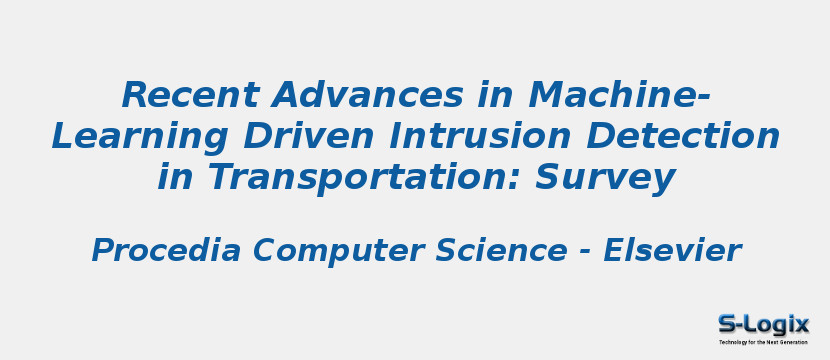Research Area: Vehicular Ad Hoc Networks
Rapid developments in Intelligent Transportation Systems (ITSs) have emerged as a new research field for building sustainable smart cities. VANET (vehicular ad hoc network) is one of the emergent transportation technologies that has a great impact on ensuring mainly traffic management and road safety in urban areas by effciently using data sharing among vehicles. To further increase the security and safety of passengers and drivers, ITSs are continually striving to make the fusion of emergent network technologies to provide more reliable and effcient services. Relating VANET to UAV (unmanned aerial vehicle) is an example of this fusion, where UAVs act as an assistant to vehicles aiming to extend the network connectivity while effciently avoiding obstacles (e.g., Buildings) and providing high data delivery ratios. However, VANET and UAV are still critical security subjects that must be addressed. Advanced Machine Learning (e.g., Deep Learning) techniques have recently been used to protect VANET and UAV communications against various cyber attacks that deteriorate the integrity, confidentiality, and availability of vehicular data. Thus, in this paper, we focus on reviewing related work on machine learning techniques for intrusion detection systems in VANET- and UAV-aided networks. We also highlight the main open research challenges in literature and provide hints for improving security in ITSs.
Keywords:
Author(s) Name: Hind Bangui, Barbora Buhnova
Journal name: Procedia Computer Science
Conferrence name:
Publisher name: ELSEVIER
DOI: 10.1016/j.procs.2021.04.014
Volume Information: Volume 184, 2021, Pages 877-886
